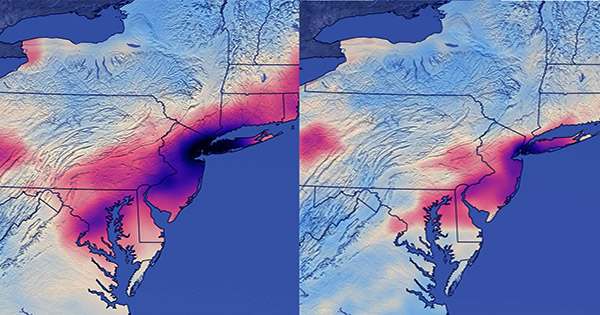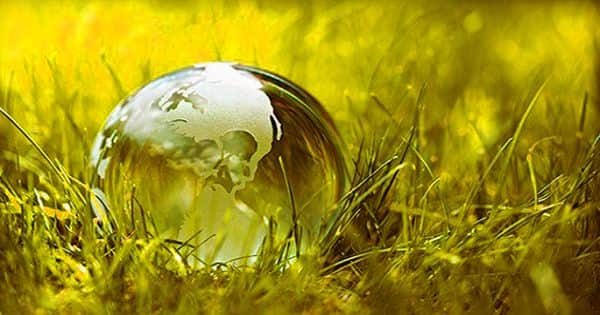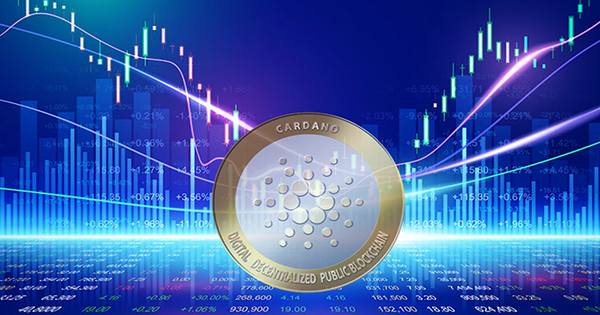The oceanic carbon cycle is an important component of the global carbon cycle, influencing Earth’s temperature and carbon balance. It is also known as the marine carbon cycle, and it is made up of mechanisms that exchange carbon between various pools in the ocean, as well as the atmosphere, the Earth’s interior, and the seafloor. It is the exchange of carbon dioxide (CO2) between the atmosphere, surface ocean waters, deep ocean layers, and marine organisms. The carbon cycle is the product of several interacting factors on many time and space scales that circulate carbon around the earth, ensuring that carbon is available worldwide.
The Oceanic carbon cycle is a key component of the global carbon cycle, containing both inorganic carbon (carbon that is not related with a living entity, such as carbon dioxide) and organic carbon. A portion of the marine carbon cycle converts carbon from non-living to living matter.
Here are key processes and components of the oceanic carbon cycle:
- Dissolution of CO2: Atmospheric CO2 dissolves directly into the surface waters of the ocean. This process is influenced by temperature, pressure, and the concentration of CO2 in the atmosphere.
- Surface Ocean Storage: Dissolved CO2 forms carbonic acid (H2CO3), which can dissociate into bicarbonate ions (HCO3-) and carbonate ions (CO3^2-). These ions make up the majority of dissolved inorganic carbon in seawater.
- Biological Pump: Phytoplankton and other marine organisms perform photosynthesis, incorporating carbon into organic matter. This process removes CO2 from the surface waters and transports carbon to deeper ocean layers when the organisms die and sink.
- Vertical Mixing: Physical processes such as upwelling and downwelling transport surface waters with dissolved CO2 to deeper layers of the ocean, affecting the distribution of carbon in the water column.
- Deep Ocean Storage: Carbon can remain stored in the deep ocean for long periods through various mechanisms, including the sinking of organic particles, the dissolution of carbonate minerals, and the transport of dissolved carbon.
The marine carbon cycle consists of three major mechanisms (or pumps) that transport atmospheric carbon dioxide (CO2) into the ocean interior and disperse it throughout the seas. The three pumps are the solubility pump, the carbonate pump, and the biological pump.
For less than 10,000 years, the total active pool of carbon at the Earth’s surface is approximately 40,000 gigatons C (Gt C, one billion tons, or the weight of approximately 6 million blue whales), with approximately 95% (~38,000 Gt C) stored in the ocean as dissolved inorganic carbon. The speciation of dissolved inorganic carbon in the marine carbon cycle is a major regulator of acid-base chemistry in the ocean.
















